|
This is a case study about how we took a strategic look at a client’s dog product and defined a creative content marketing strategy to increase website traffic in a highly competitive market. Selling what is a fairly simple product like dog leashes online isn’t easy. You can buy one almost anywhere, from drugs stores to big box, let alone on Amazon. The first step we took for RuffGrip was to find differentiation value. We looked to the product’s attributes to help us determine what might set our client’s line of dog leashes apart from others in the category. The most significant differentiators were the grippy rubber threads woven through the leash material and leather bands sewn at periodic intervals The next step was to define the benefits of that grip, who would benefit most, and in what situations. This formed the basis of the value proposition: RuffGrip dog leashes have a non-slip and comfortable grip which provides greater control of dogs in all types of weather, hot, cold, wet, or dry, leading to a safer experience for pack leader and dog alike than plain nylon leashes. Product line messaging came next, such as:
Messaging translated into product copywriting, such as: A Reliable Grip is a Safe Grip Trainers and pet owners love these leashes made with grippy material superior to plain nylon for control and comfort even in wet and cold conditions. We used this approach, and built out the site from there with appropriate product and lifestyle imagery, to support the messaging, and fully build out the ecommerce site on Shopify. Driving Traffic with Content Strategy The next step was to do the keyword research and SEO (Search Engine Optimization) the site, along with other basic marketing attraction techniques. Then we moved onto content development beyond the core pages (yet keeping the value prop and messaging in mind). Knowing that Google likes to surface sites that answer particular questions, we then used the keywords to determine the types of questions dog owners had about leashes. But it couldn’t just be any questions. In an almost commodity business, it can be important to reach people before they’ve had a chance to get accustomed to a particular brand or place to shop, so we wanted to reach new dog owners. The trigger event in the purchase path, which prompts people to look for leashes in the first place, would be getting a new puppy or rescue dog. Based on the deep knowledge my client has about dogs, we used the following methods to come up with a list of typical questions people have:
Bingo! Leash Length is a Hit. The question we decided to create content around was, “What leash length should I buy for my dog?” To build out the content, I asked my client how she would answer that question. She created an outline, and we proceeded to write and create a page to answer that very question. Of course, we SEO'd it too. The traffic results have been good to say the least. In the 6 months since we published the page, overall website traffic to the site has increased 16%. That page now gets more page views than even the home page, with visitors spending over 4 minutes on it. Even with competitors jumping in with similar articles, Google continues to reward us with great position (most of the time in first place), and we’re consistently featured with an answer snippet box. Not all of the content you create is going to yield the same results. What’s important is that you start with a strategic approach, apply creativity, and measure your results. If the numbers are good, follow the same process. If not, analyze your results to determine what you can tweak up and try again. It’s not always easy to find the sweet spot, and there’s a lot more that goes into the content game. With a good strategy, that's also creative, your odds of boosting website traffic go way up.
You may not need a web designer at all, but someone to guide you in choosing the right platform, template, and marketing content. Make the right decisions at the beginning to create an effective website that supports your business model and suits your budget now and into the future.
Think about your answers to these questions:
Get Help to Make the Right Decision
Choosing the right platform and content strategy according to your budget, tech and marketing skills can be a challenge. Many of our clients weren't sure where to start and we worked through their business and marketing requirements to determine the best solution for them in terms of their tech skills and budget. Updated website strategy increases traffic by 35% and more than triples new orders for Seattle area small business Home-based businesses have an advantage right now, but that doesn’t mean growing one is easy. Here’s how a small business located in Bonney Lake, WA, continues to increase orders and revenue while the rest of the world seems at a relative standstill.  Tom Watson runs Watson’s Wooden Words from his home studio and workshop. It wasn’t always the case. He was a retail manager for Office Depot for 30 years before starting his custom sign business. The idea of doing this for a living started way before his retail days. As a boy, he helped his Dad create trail signs for the California State Parks Department. He knows his way around wood and CNC equipment, and works with a team for painting and finishing. Rather than punching out cookie-cutter signs, he enjoys the creative side the most, working with clients to translate everything from old photos to napkin sketches into works of art. Using Google Analytics to Identify the ProblemA couple of years ago, Tom decided to learn more about how to grow the business. I met him at a class of mine he attended at the Bellevue Library. A few months later he contacted me to ask how we could work together. His website was my first stop. After a look at the site and review of the data, it became clear Tom was getting a decent amount of organic traffic. It was supplemented with Google Ads, referrals, and just a bit from Facebook, but the website was a dinosaur, resulting in very low visitor quality and conversion. Leads were just dribbling in, 2-3 a week.
How We Decided to Move to a New Website Platform From the beginning, I wanted to update his website to increase conversions from the traffic he was already getting, while driving more organic traffic with the idea that they would be more qualified and engaged (to lead to higher conversions). Tom wasn’t excited about building a completely new website. He had spent quite a lot of money on the old one (and a couple of others before that), and he was leery of throwing more money at the problem. So as a first step, we cleaned up and edited the content and added keywords. The traffic increased somewhat, but we were still experiencing low quality visitor participation, and poor conversion. We needed a much better way to show his portfolio, and the whole website needed to be more visually appealing and branded. After about a year, I finally persuaded Tom to do the site overhaul and a thorough on-site search engine optimization. 6 Changes Increase Traffic and Conversion
Content that converts: We added what I like to call “Decision Helpers” and “Money Pages.” Decision helpers, as the name suggests, build trust and remove the confusion buyers experience when purchasing high involvement products, like creative services. For this site, we added pages demonstrating the sign making process. We’ll use this “bucket” to add more content later, like photos and video. This type of content is also valuable for generating organic traffic. Money pages provide a key signal in the buyer journey, indicating a visitor is on the verge of making a purchase (or generating a lead). It’s important for measuring value, especially if a site isn’t set up for ecommerce. The “How to Order” page in this case is a good example, so a key strategy is to direct visitors to it and to understand which source is sending that valuable traffic. It’s not surprising that Google organic is driving more than 50% of the visitors who end up on that page, because we know that organic has higher purchase intent. Social proof: We used a third party tool to embed Google reviews, and added a “Latest Creations” page with feeds from Facebook and Instagram. It allows Tom to keep the site fresh without a lot of effort. SEO: We made improvements to all the site’s optimization (titles, descriptions, H1’s, etc.), while keeping the URL’s of the pages that had decent traffic. Position has remained relatively the same for key search terms, yet there’s been a tremendous improvement in impressions, click through and actual clicks. Operational improvements: Selling custom, creative products can be a challenge. So beyond driving more traffic and increasing conversions, we wanted to use the website to help Tom be more efficient when working with clients. We built in functionality on the Contact page that allowed visitors to upload their artwork, added a design resources page, and built a “catalog” for sign hanging hardware to assist added value sales. As Watson’s gets busier, we’ll be introducing other website strategies to reduce labor, while continuing to increase revenue. More than 35% Increase in Qualified Traffic — Conversions and Sales Way Up All indicators are positive, and we’re ticking all the right boxes (year over year data):
 Tom couldn’t be happier. While walking his dog Rambo the other day, he called me to say, jokingly, he’s got too much work now. In fact, we’ve had to turn off his ads until he can catch up with all the orders. That’s a problem most small businesses would love to have. About Watson's Wooden Words Watson’s Wooden Words, located in Bonney Lake, WA, creates custom wood signs for homes and businesses using old world craftsmanship and modern technology. About Robbin Block Robbin Block is the Owner and Creative Marketing Strategist at Blockbeta Marketing located in Seattle, WA. She takes a big picture approach to help expanding businesses strengthen their brand and amplify results. Robbin specializes in working with complex, often high ticket/lower volume manufacturers, makers, services, consultants or online publishers.
|
�
Robbin BlockSharing what I know and love about marketing small to medium businesses. About me Categories
All
|
BLOCKBETA MARKETING
Blockbeta is a marketing consulting firm specializing in niche businesses with unique business models. Our focus is on developing value propositions, website transformation, and amplification. Business strategy, not tactics alone, drives our creative action plans, websites, and digital marketing programs.
|
featured Marketing servicesWebsite buildingresources |
Disclosure: Some of the links on this site are affiliate links. If you click on the link and purchase an item, we will receive an affiliate commission.
Icons from Flaticon — Chaos by Freepik, Brand by Geotatah, Website by Eucalyp
Icons from Flaticon — Chaos by Freepik, Brand by Geotatah, Website by Eucalyp
Privacy Policy | Copyright © 2024, Block Media LLC. All rights reserved. Seattle, WA * 206-335-5929



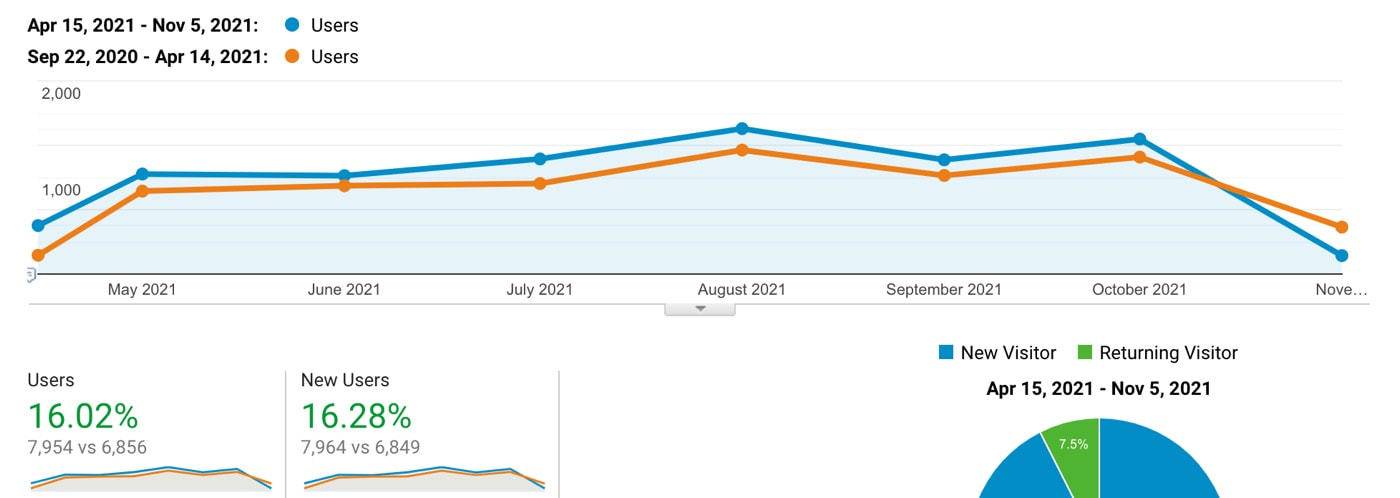
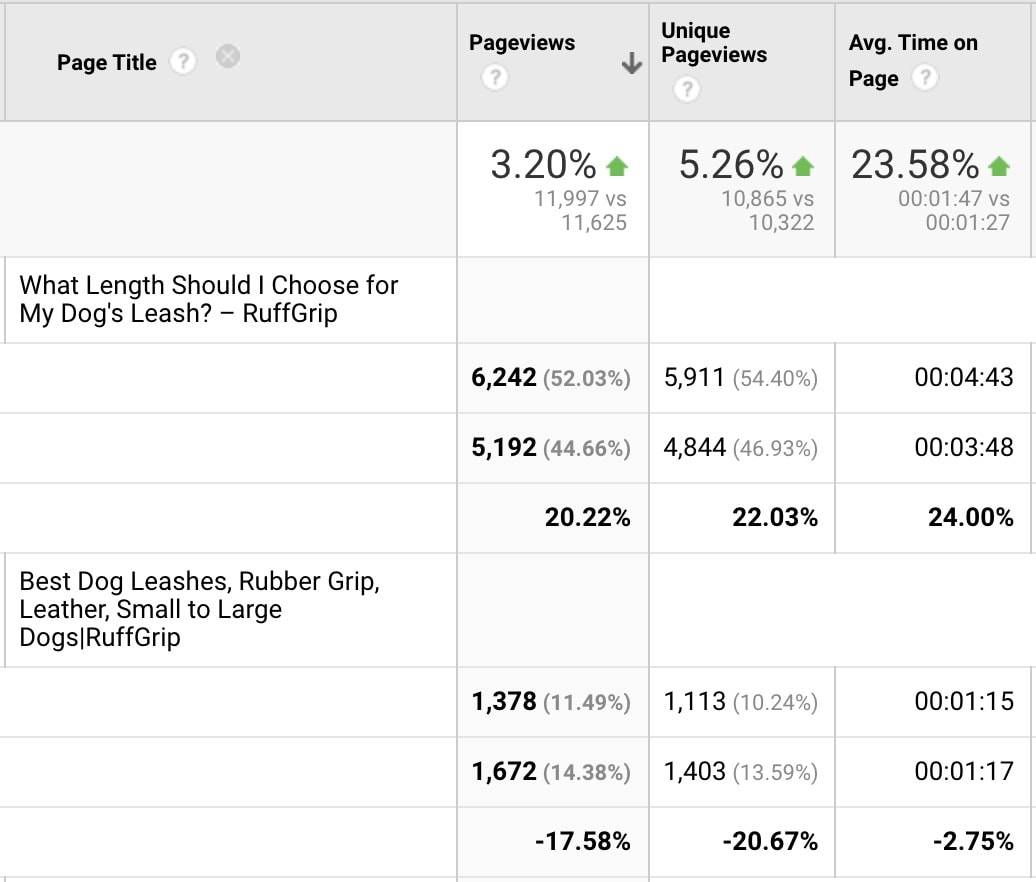
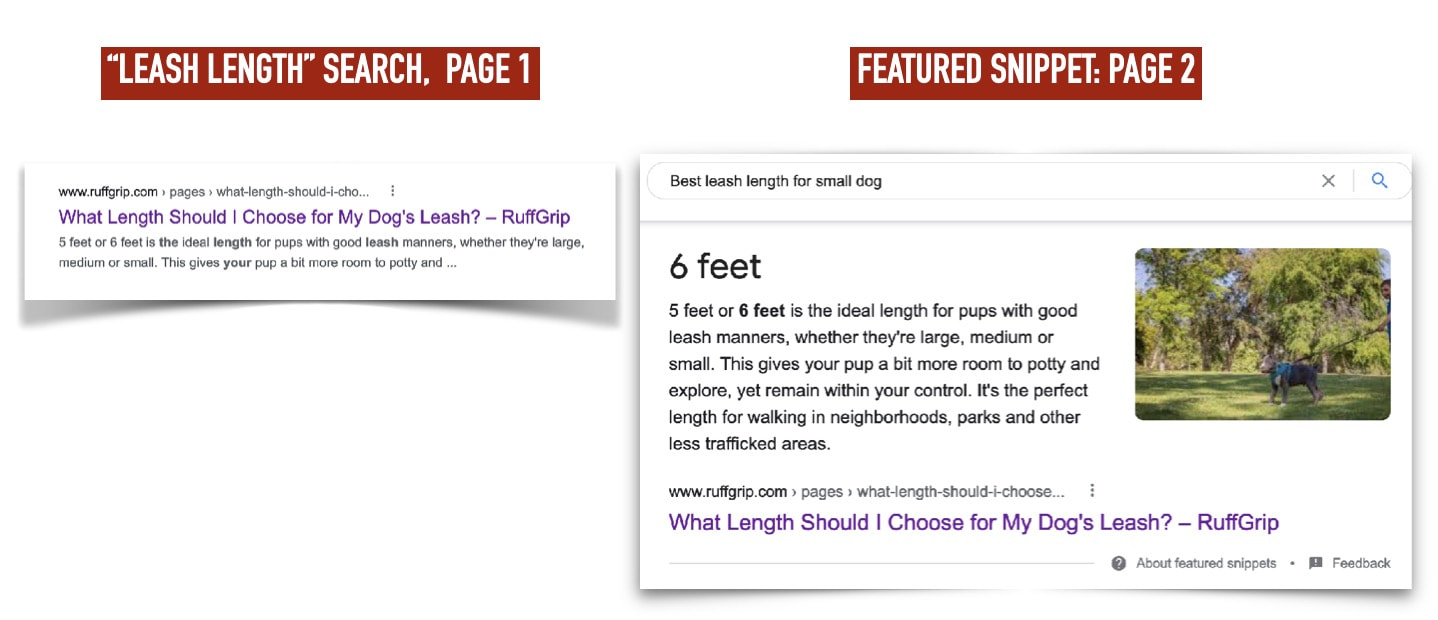
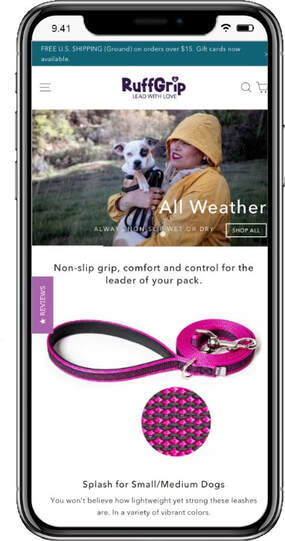

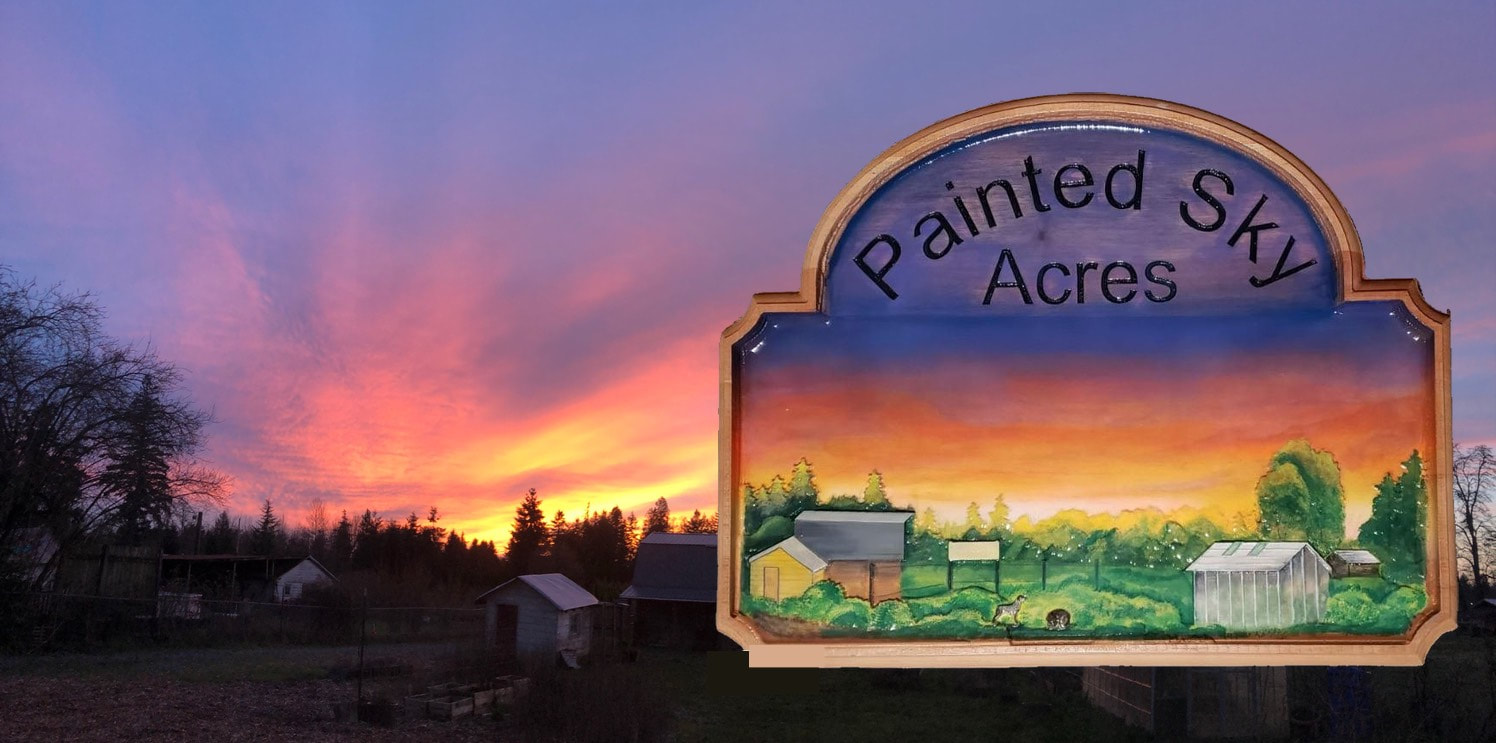

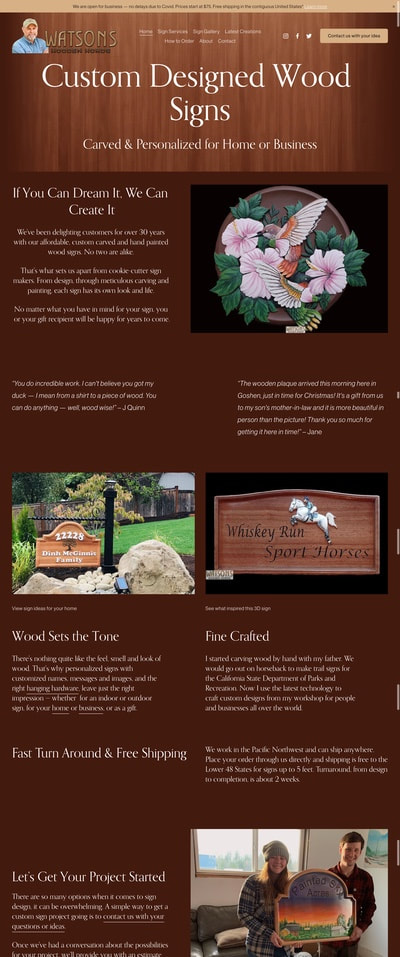

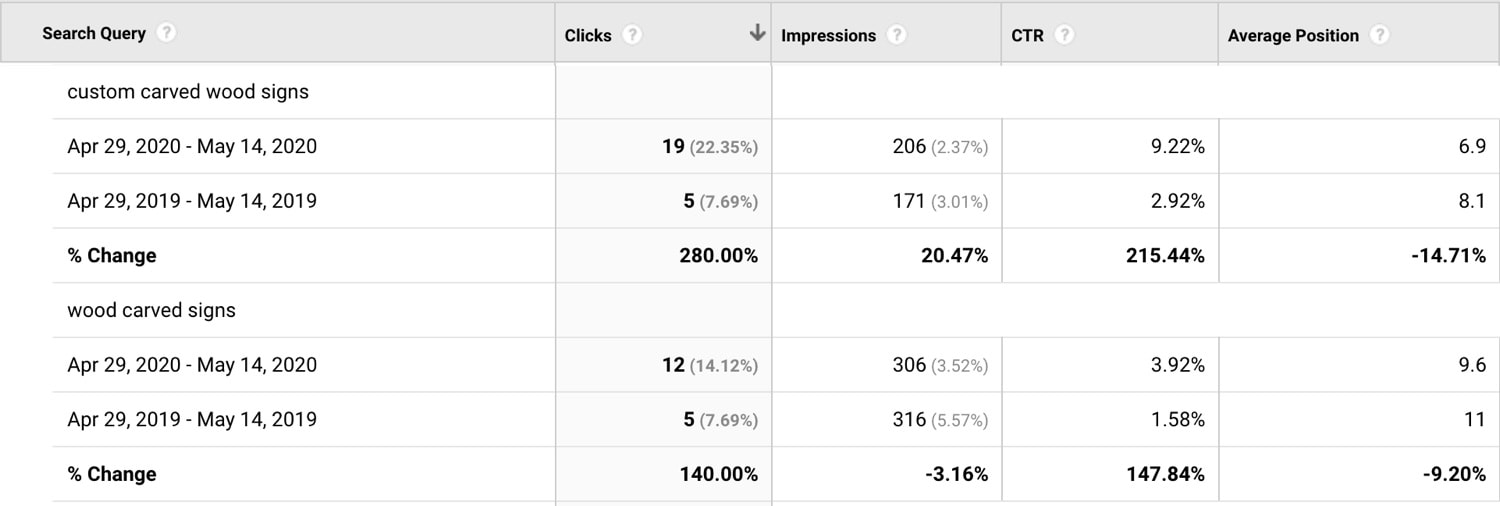

 RSS Feed
RSS Feed
